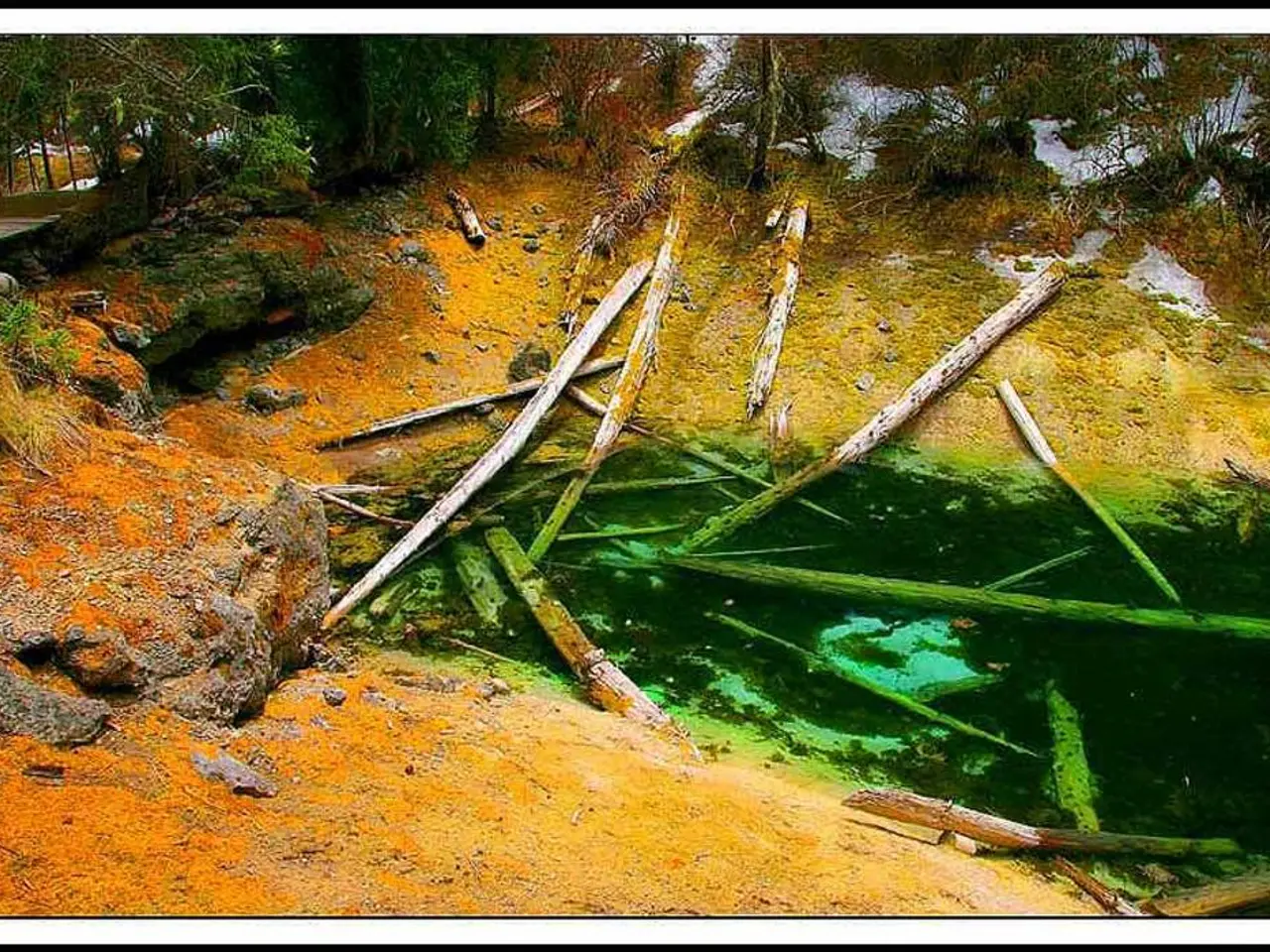Crafting Bonsai for Cascade Style (Kengai): Achieving a Flowing Elegance in Design
In the captivating world of bonsai, the cascade style stands out as a favourite among enthusiasts. This unique approach to bonsai sculpting creates a tree that seems to defy gravity, cascading downwards in a flowing, organic form.
When starting a cascade bonsai, it's best to begin with trees that are between 5-15 years old. This age range offers a balance of established roots and adaptability to styling and training, making the process smoother and more successful.
Traditional choices for cascade-style bonsai include the White Poplar, Juniper, Ficus, Pine, Azalea, and the Weeping Willow. Each of these species possesses characteristics that make them ideal for creating dynamic, flowing bonsai. For instance, Ficus species have flexible, drooping branches and aerial roots, while the Weeping Willow boasts long, slender branches that droop and sway, creating a soothing, gentle flow.
Other species, such as the Chinese Elm and the Japanese Maple, also lend themselves well to cascade bonsai. The Chinese Elm boasts a slender, curved branch structure that lends itself to dramatic, sweeping shapes, while the Japanese Maple features delicate, lace-like foliage and a naturally cascading growth habit, perfect for crafting intricate, flowing designs.
For those who wish to create cascade bonsai indoors, low-light tolerant species like the Chinese Elm or Ficus can thrive with limited light, provided supplemental grow lights are used.
Caring for a cascade bonsai requires vigilance to prevent pests from damaging the tree. Employing regular monitoring, organic pest control methods, and sanitary practices are essential in maintaining a healthy bonsai.
Another crucial aspect of cascade bonsai care is preventing root rot. To achieve this, it's essential to strike a balance and water only when the top inch of soil feels dry.
Mastering the art of Kengai Bonsai, a style that harmoniously balances the tree's natural growth patterns with deliberate pruning and wiring techniques, can lead to truly remarkable cascade bonsai creations.
One of the most intriguing candidates for creating dynamic, flowing bonsai is the Serbian Spruce (Picea omorika). This tree exhibits a slender, conical shape and flexible branches, making it an excellent candidate for crafting unique, cascading compositions.
Another interesting candidate is the Hemlock (Tsuga spp.). Its short, delicate needles and a naturally tiered growth habit make it ideal for crafting layered, cascading compositions.
In conclusion, the cascade style of bonsai offers a fascinating and visually stunning way to express your creativity. With the right choice of tree, careful care, and mastery of the art, you too can create a cascade bonsai that will captivate and inspire.
Read also:
- Peptide YY (PYY): Exploring its Role in Appetite Suppression, Intestinal Health, and Cognitive Links
- Toddler Health: Rotavirus Signs, Origins, and Potential Complications
- Digestive issues and heart discomfort: Root causes and associated health conditions
- House Infernos: Deadly Hazards Surpassing the Flames








